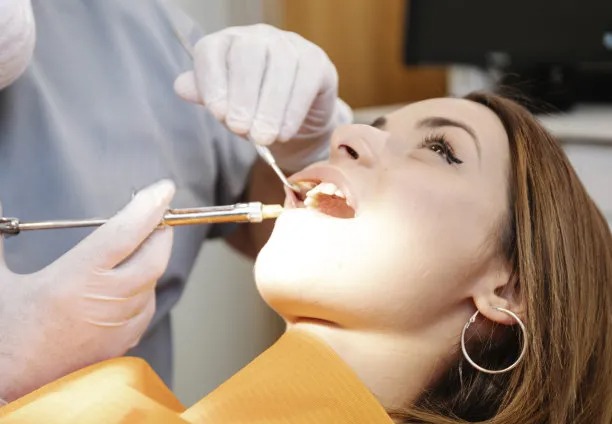The Importance of Proper Techniques When Extracting a Tooth for Optimal Oral Health and Recovery
Summary: Extracting a tooth is a common dental procedure that, when performed with proper techniques, can significantly enhance a patients oral health and facilitate a smooth recovery. This article explores four key aspects of tooth extraction techniques, including the necessity of a thorough dental assessment, the role of anesthesia in the procedure, proper post-extraction care, and the potential complications that may arise from improper techniques. Each aspect emphasizes the importance of a meticulous approach in ensuring the best possible outcomes for patients. Following the insights provided will enable both dental practitioners and patients to recognize essential practices that promote health and wellness after an extraction.
1. The Necessity of a Thorough Dental Assessment

The first step in any dental procedure is a comprehensive assessment. Before a tooth extraction, the dentist must evaluate the patients dental history and current condition. This includes radiographic examinations to determine the root shape and any surrounding bone structure that may affect the goal of the extraction.
A thorough assessment allows the dentist to identify any complicating factors such as infection, bone loss, or the alignment of the tooth within the mouth. By understanding these variables, the dentist can devise a tailored approach to the extraction, minimizing risks and ensuring that the procedure is both effective and efficient.
Additionally, discussing medical history and potential allergies to anesthesia helps prepare both the patient and the clinician for a safer experience. An accurate evaluation ultimately becomes the foundation for optimal oral health and recovery.
2. The Role of Anesthesia in Tooth Extraction
Anesthesia plays a critical role in the tooth extraction process by minimizing discomfort for the patient. Local anesthesia is commonly used during tooth extractions to numb the specific area while the patient remains awake and alert. This approach is effective, particularly for straightforward extractions.
In more complex cases, such as impacted molars or when a surgical extraction is necessary, sedation dentistry techniques, including intravenous sedation or general anesthesia, may be employed. This ensures that the patient experiences little to no pain during the procedure.
Proper administration of anesthesia not only enhances patient comfort but also reduces anxiety, making the process smoother for both the patient and dentist. An effective anesthesia plan sets the stage for optimal recovery by facilitating a pain-free extraction that can lead to improved healing outcomes.
3. Important Post-Extraction Care Practices
Post-extraction care is essential for maintaining optimal oral health and ensuring a quick recovery. After the extraction, patients receive specific instructions regarding how to care for the extraction site, which might include guidelines on diet, oral hygiene, and medication management.
Eating soft foods and staying hydrated is crucial in the initial recovery phase. Patients are advised to avoid sucking actions and extremely hot or cold beverages that may irritate the extraction site. Following these instructions can help prevent complications such as dry socket, which occurs when the blood clot dislodges from the extracted site.
Additionally, practicing good hygiene is vital for preventing infection. Gentle rinsing with salt water can promote healing, yet patients should avoid vigorous mouth rinsing that may disrupt the clot. Adhering to post-operative care directions significantly enhances recovery and reduces the chance of complications, reaffirming the importance of proper techniques throughout the entire extraction process.
4. Avoiding Complications from Improper Techniques
Improper techniques during tooth extraction can lead to serious complications such as excessive bleeding, infection, and damage to adjacent teeth or nerves. Ensuring that the dentist is well-trained and follows best practices is vital in avoiding these issues.
One common complication is dry socket, which can cause severe pain and prolong recovery. Factors contributing to this issue often arise from inadequate extraction techniques or insufficient post-operative care. Educating patients on the importance of caring for the extraction site can mitigate risks significantly.
Moreover, pre-existing medical conditions such as diabetes or blood clotting disorders should be considered as they may impact healing. A skilled dentist will recognize these risks and implement measures to prevent complications from the start, underlining the importance of proficient techniques during the extraction process.
Summary:
In summary, proper techniques when extracting a tooth play a crucial role in ensuring optimal oral health and promoting swift recovery. A detailed assessment, appropriate application of anesthesia, diligent post-operative care, and the avoidance of complications all contribute to a successful dental experience. By adhering to these principles, both dental professionals and patients can work together to ensure healthy outcomes following tooth extractions.
This article is compiled by Vickong Dental and the content is for reference only.


